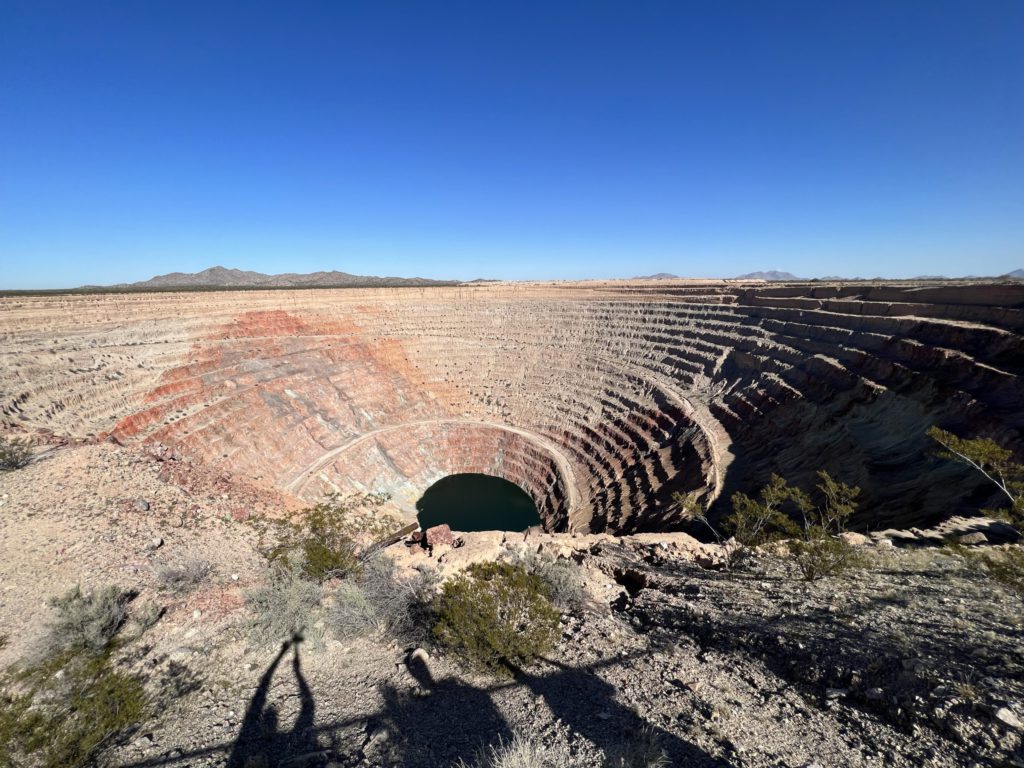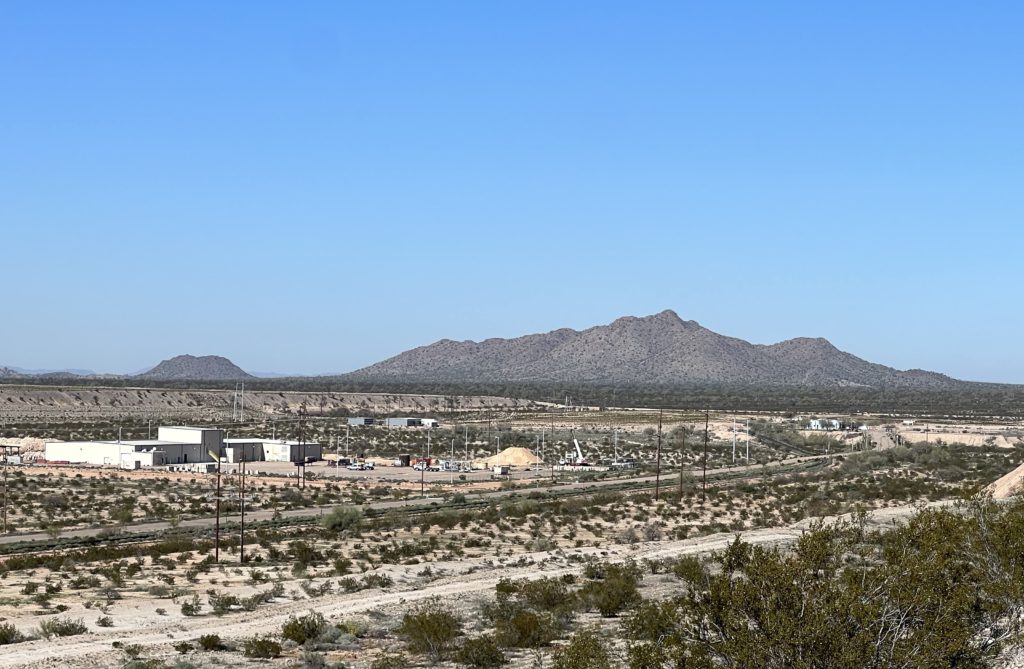
Company shares jumped 35% Thursday after a new preliminary economic assessment envisioning Arizona Sonoran Copper’s (TSX: ASCU) Cactus project as a standalone open-pit mine raised the net present value fourfold over a previous study this year.
The after-tax NPV (at an 8% discount) increases to over $2 billion, in contrast with a February pre-feasibility study, which considered an underground mine that pegged the NPV at $509 million. The PEA, released Thursday, calculates an internal rate of return (IRR) of 24%, up from 15.3% previously (at the same copper price assumption of $3.90) for the project, located about 80 km south of Phoenix.
“There can’t be many lower-risk copper development projects than Arizona Sonoran Copper’s Cactus,” CEO George Ogilvie said during a Thursday conference call. “This project is absolutely going into production as a standalone business case.”
The NPV and IRR growth are driven by the integration of the MainSpring deposit–renamed to Parks/Salyer after its March acquisition and proving it was the same deposit in a mid-July resource update. The first 20 years of the mine’s 31-year life puts annual production at 232 million lb. copper and, under a 31-year scenario, 5.3 billion lb. total copper cathode at improved efficiencies, reducing both mining and processing costs.
In afternoon trading in Toronto shares rose C$0.45 to C$1.75 apiece, which gives it a market capitalization of C$91.3 million. Shares touched C$0.98 and C$1.88 over the past 12 months.
The 20-year mine plan focuses on higher-grade ore from the Parks/Salyer and Cactus West deposits. In contrast, the 31-year plan extends operations to include lower-grade resources from the Cactus East deposit and legacy stockpiles, ensuring “generational” value creation, Ogilvie said.
The initial capital costs of $668 million is modest for modern copper developments, but the sustaining capital of $1.2 billion makes up for it. The $425 million increase in sustaining capital over the PFS relates to the expanded mine plan, which now includes more extensive open-pit operations.

At the assumed base price of $3.90 per lb. copper, the payback is 4.9 years. Over its life, the project can generate a net free cash flow of $7.3 billion, rising to $9.8 billion at $4.50 per lb. copper. That’s up from $2.4 billion of free cash in the previous study.
The project hosts 632.6 million measured and indicated tons grading 0.58% copper for 7.3 billion lb. of metal, and 474 million inferred tons at 0.41% copper for 3.8 billion pounds. The estimate reflects total copper amounts contained in ore, irrespective of which method it’s mined or processed.
“We achieved and far surpassed each goal to demonstrate leading NPV, IRR, payback, and all other operational and economic metrics from the Cactus project,” Ogilvie said. “The integration of MainSpring was transformational, providing substantial value to the project while reducing risks associated with mining operations.”
The cash cost has lowered to $1.82 per lb. from $1.84, and the all-in sustaining cost for the project fell to $2.00 per lb from $2.34, reflecting the expanded mine plan and added infrastructure, giving economies of scale.
Arizona Sonoran plans to advance Cactus towards another pre-feasibility and feasibility study in a year, further refining the project’s economics and studying additional optimization chances.
Cactus’ favourable location and established infrastructure underpin the low-cost structure. “We are in a unique and fortunate situation that we have world-class infrastructure immediately on our doorstep, and we have a very strong social licence from the local community,” Ogilvie said of the nearby town of Casa Grande, about 10 km northwest.
Cactus benefits from being on private land, which can help streamlines permitting by avoiding federal regulatory delays. The company is working closely with state regulators in Arizona and has already secured key permits.
“We are only dealing with local and state regulators, who are very supportive of the project,” Ogilvie said in response to a question about permitting delays at the nearby Resolution copper project, a 55-45% joint venture between BHP (ASX: BHP; LSE: BHP; NYSE: BHP) and Rio Tinto (NYSE: RIO; LSE: RIO; ASX: RIO). “Every permit we’ve gained has been secured within six months of application.”
Commenting on the recent heap leach pad failure in Yukon, Ogilvie stressed the company’s commitment to safety, highlighting that the Cactus design includes additional engineering to prevent similar incidents. The project’s location on flat, arid land further reduces risk factors associated with leach pad instability.
“We are absolutely over-designing our leach pads to ensure we have the appropriate factors of safety,” Ogilvie said. “The flat terrain and dry conditions at our site provide a significant advantage in maintaining stability.”